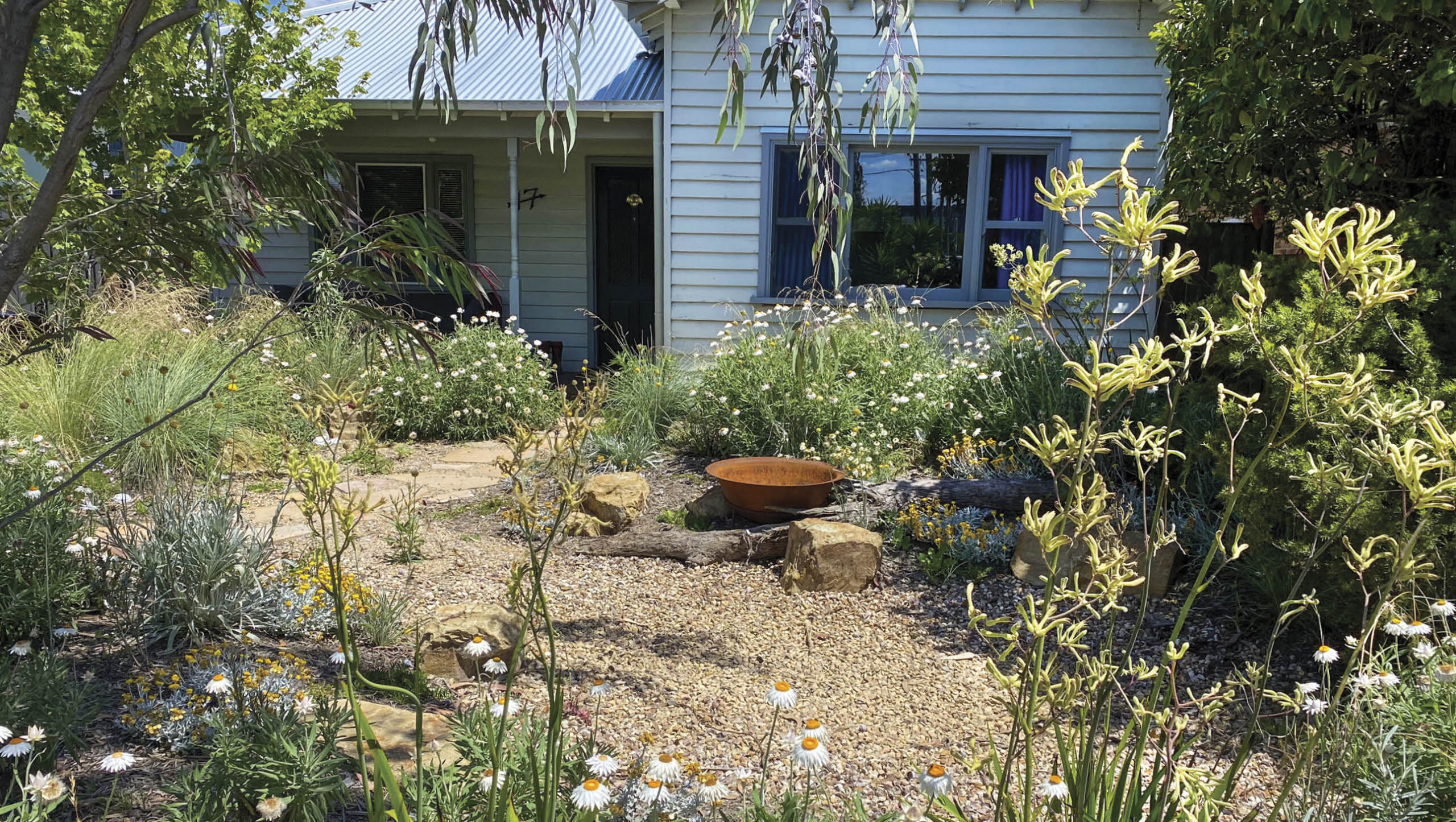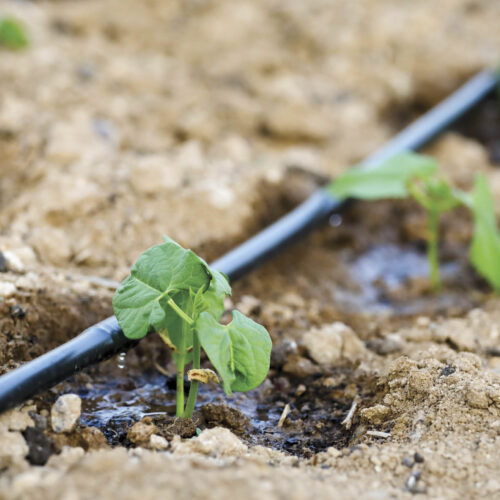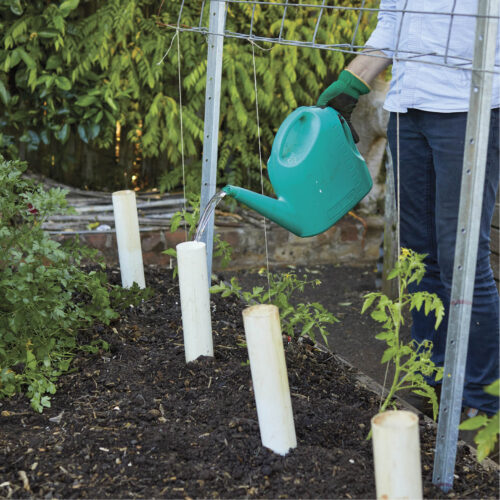Dealing with too much water?
2025-11-12T12:00:19+11:00
There's a natural way to deal with too much water in the landscape, and it can be mimicked in our gardens using soaks and swales.
When rain falls, we often think of it as something that either disappears into the soil or rushes straight into street drains. But nature has always had her own processes in place: water moves gently through bogs, gullies, wetlands and natural depressions. These systems slow, filter and allow water to soak deep into the earth, creating hidden underground reservoirs that quietly sustain plants and provide habitat for numerous species.
Run-off in cities
Most of our cities have something in common, they were built on fertile floodplains, bays, or lowlands once dominated by rivers, creeks and wetlands. These ecosystems were natural filters, taking up nutrients before water made its way to the sea. But over time these intricate systems were removed for agriculture and development: we drained wetlands, diverted rivers, straightened creeks, and paved over the land with hard surfaces.
All of this limited the soil’s ability to ‘drink’, and instead sent rainwater rushing unfiltered into our stormwater systems and eventually our oceans, which is not good.
What if we could reverse a little of that damage, right in our own backyards? What if we could hold onto more of that precious water, giving it a chance to sink gently into the soil where it belongs? That’s where water soaks and swales come in.
What are soaks and swales?
Water soaks and swales are shallow dips or gentle channels in the landscape designed to catch rainwater and slow it down. Instead of rushing away, water lingers long enough to seep into the soil. They recharge the watertable, reduce erosion, improve soil health, and help keep gardens greener with need for less irrigation.
For home gardeners, they are a practical and beautiful solution. Whether you’re working with a small backyard that floods after heavy rain or a larger property where water escapes too quickly, soaks and swales make the most of every drop. Soaks also become little wildlife havens, attracting frogs, birds and beneficial insects, and swales can help mitigate water issues if the water has somewhere to go.
Inner-city garden design
Our editor, Chloe Thomson, visited a garden in Preston, where clever design tackles the challenges of a waterlogged garden. Watch this video to learn how a flood-prone area with poor drainage was successfully redesigned by Stem Landscape Architecture and Design.
In our Early Summer 2025 issue, award-winning landscape architect Emmaline Bowman from @stem_emmalinebowman explains how soaks and swales can help you can manage water on your property and reduce runoff.







